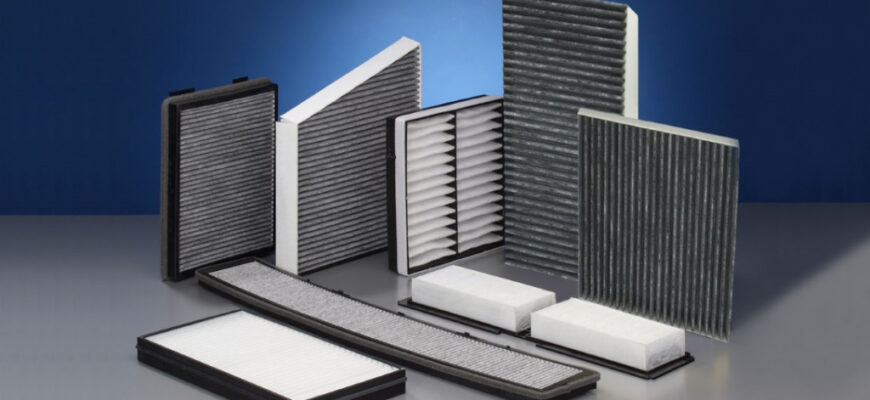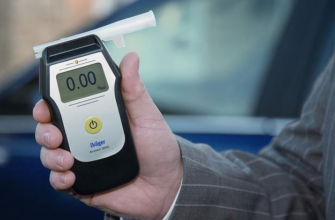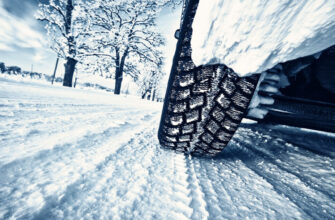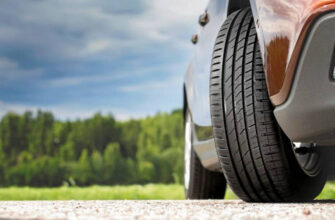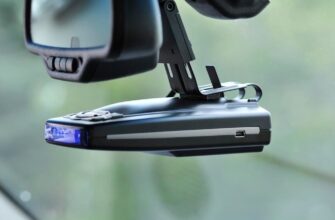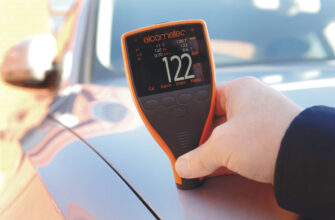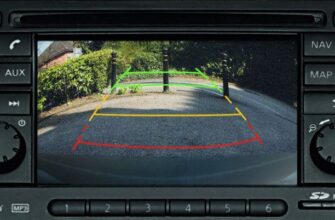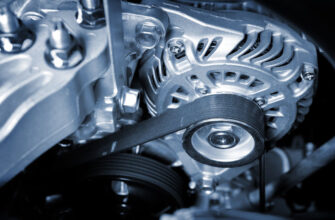The cabin filter is a special element designed to clean the air entering the cabin from dust, mechanical impurities, as well as all kinds of gases and odors. A properly selected filter plays an important role not only in ensuring the comfort of car passengers, but also in the correct functioning of air conditioning and climate control systems.
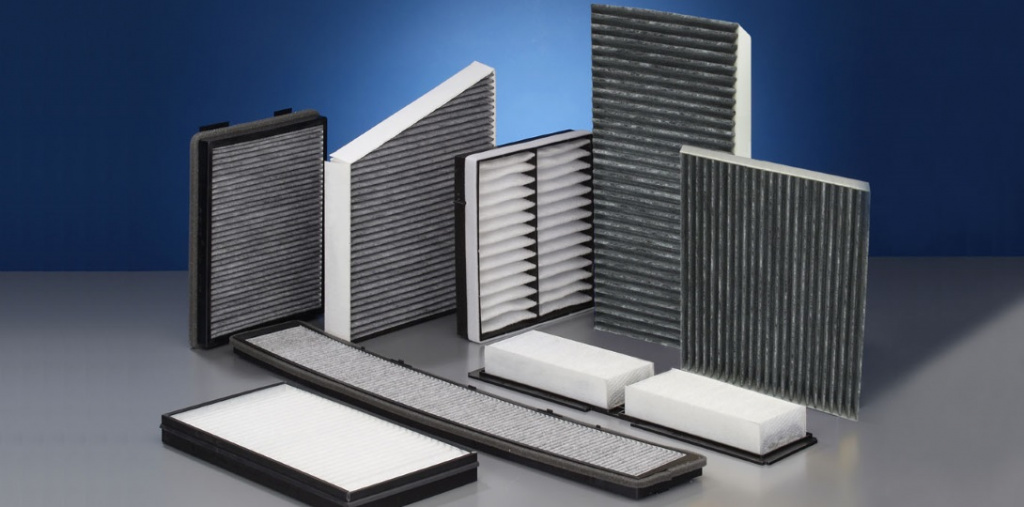
!
We recommend reading an article from an expert on choosing an air filter and the secrets of choosing an oil filter for your engine.
Top manufacturers
Preference should be given to well-known European brands that produce high-quality models, whose products are installed in well-known car brands at the factory:
-
Mann;
-
Knecht;
-
Filtron;
-
Hegnst;
-
Mahle;
In order to select the optimal model for a specific car, it is necessary to study the range of the catalog of the manufacturer of interest, as well as familiarize yourself with the thematic reviews of users at specialized automotive sites. It is in the latter that you can find many practical tips on how to extend the life and ensure maximum filter efficiency.
Types of cabin filters
Despite the seeming simplicity of the cabin filter design, models of this class can differ quite noticeably in terms of functionality. First of all, this is due to the type of material, as well as to the technology used in its manufacture. In this regard, the following types of 'salonniks' are distinguished.
Barrier filters (paper)
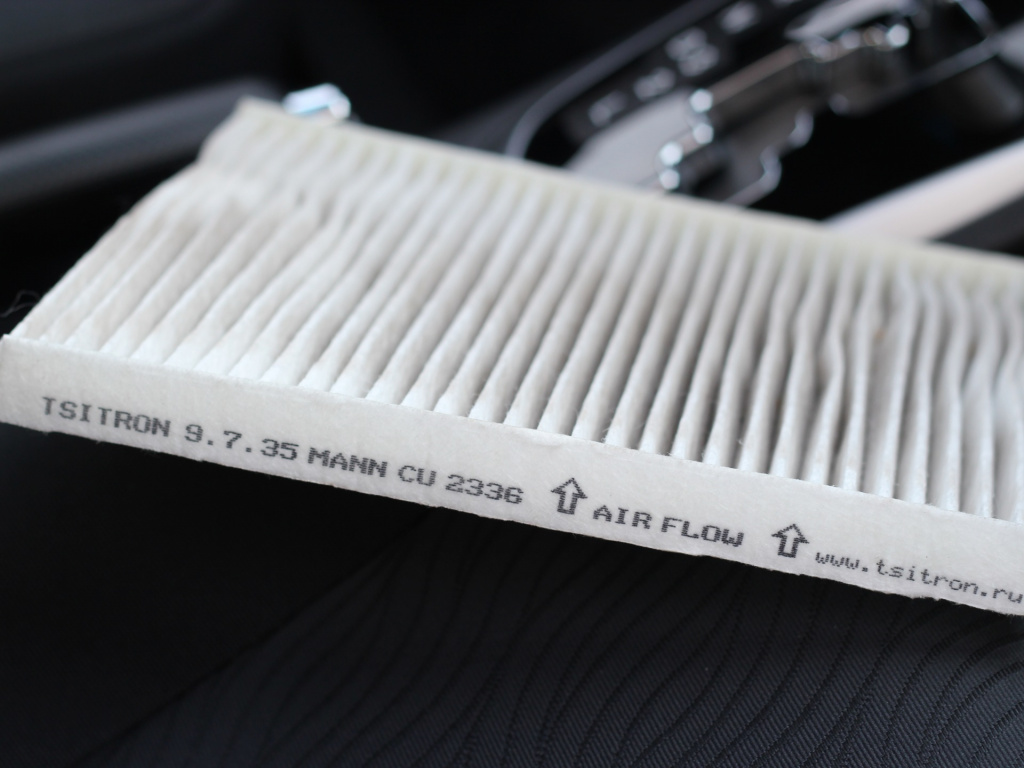
Simple and inexpensive models, in the manufacture of which cellulose with the addition of synthetic materials is used. Used to protect passengers from dust, exhaust fumes, poplar fluff and other irritants. Perceptibly extinguish odors and do not promote moisture absorption.
Advantages
-
Inexpensive;
-
Steal odors;
-
Protect from dust, poplar fluff, exhaust gases;
disadvantages
-
Are prone to burning;
-
They quickly fall into disrepair;
Carbon filters
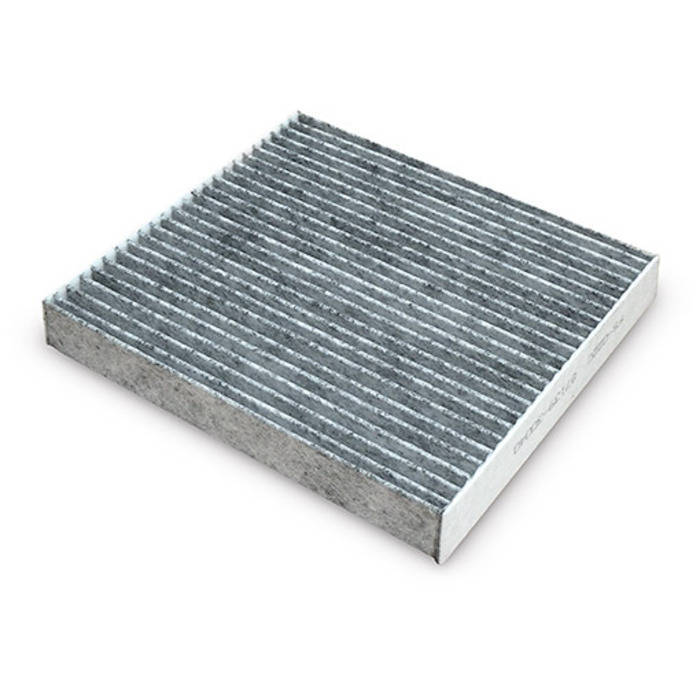
They are made of synthetic filter material with the addition of fine-graded activated carbon. They prevent the penetration of dust and debris into the passenger compartment, and also perfectly absorb unpleasant odors and harmful substances. Longer service life than comparable barrier filter models.
Advantages
-
Protect from dust and debris;
-
Do not support combustion;
-
Long service life;
-
Absorb harmful substances and unpleasant odors, preventing them from entering the salon;
-
Does not absorb moisture;
disadvantages
-
More expensive than barrier analogs;
-
Require careful monitoring of the condition;
Cabin filter selection options
Despite the fact that the criteria for a high-quality cabin filter are less than those of oil or fuel counterparts, it is necessary to pay attention to the following technical features and nuances:
-
Workmanship. A properly selected cabin filter should have the highest quality workmanship, uniform distribution of the filter material and be free from break points and other defects. Each such nuance of the design is a potential weak link, contributing to the deterioration of functionality, and therefore an external examination is the first thing with which the choice of a filter should begin.
-
Filter weight. It is known for certain that the heavier the carbon cabin filter, the more finely graded activated carbon it contains. This, in turn, allows us to talk about greater functionality and better cleaning of the air entering the cabin;
-
Frame quality and conformity to the car seat. Insufficient quality filters are installed loosely, forming slots and holes around the perimeter. It is they who will let dust, dirt and unpleasant odors into the interior of the cabin. In order to prevent this from happening, the filter must be inserted with effort into the seat and accurately repeat its contours;
-
The presence of a laminated layer on the back. Due to the fact that the filter material is a dense fleecy structure, the mechanical elements of the heater motor must be protected from the blown fluff. It is for this purpose that the lamination coating on the inside is used;
-
Dust transmittance. A parameter reflecting the percentage of dust to the volume of air passing through the filter. According to European quality standards, it should be no more than 8-10 percent;
-
Drag coefficient. Shows how well the filter passes the air mass and how much it obstructs the passage. Measured in millimeters of water column. The value of this coefficient for a new filter is 40-50 mm. water. Art., which has become unusable after operation, the element passes air several times worse, about 150-200 mm. water. Art.
Attention! This material is the subjective opinion of the authors of the project and is not a purchase guide.

